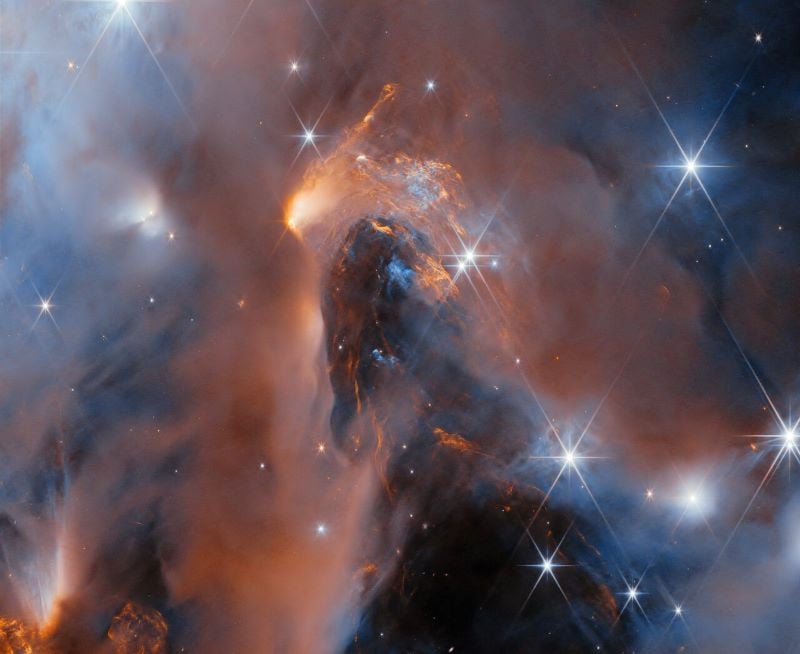The James Webb Space Telescope has identified six potential rogue worlds—planet-like objects not bound to any star’s gravity. Among these, the lightest discovered object has been found with a dusty disk surrounding it.
These intriguing objects offer new insights into the processes that may lead to the formation of bodies only slightly larger than Jupiter. Lead author Adam Langeveld, an astrophysicist at Johns Hopkins University, noted that these findings help us understand the limits of star formation and the possible transition of such objects into stars under certain conditions.
The discoveries come from Webb’s deep survey of the young nebula NGC1333, located about a thousand light-years away in the Perseus constellation. The European Space Agency released a striking image of NGC1333, showing vivid interstellar dust and clouds. The results, published in The Astronomical Journal, suggest these worlds are gas giants, five to ten times the mass of Jupiter. This positions them among the lowest-mass objects likely formed through star and brown dwarf formation processes.
Johns Hopkins Provost Ray Jayawardhana, a senior author of the study, highlighted that Webb’s sensitivity in infrared wavelengths allowed the detection of these faint objects. Despite this sensitivity, no objects lighter than five Jupiter masses were found, indicating that lighter stellar objects likely form like planets.
The most intriguing discovery is the lightest of these rogue worlds, with an estimated mass of five Jupiters (about 1,600 Earths). The presence of a dusty disk suggests it formed similarly to a star, as such disks typically surround central objects during the early stages of star formation.
These findings imply that even smaller objects with planetary masses could potentially form their own planets. Co-author Aleks Scholz, an astrophysicist at the University of St Andrews, suggested that these tiny objects might act as nurseries for miniature planetary systems, on a scale smaller than our solar system.
The team used Webb’s NIRISS instrument to measure the infrared light profile of objects in the star cluster and reanalyzed 19 known brown dwarfs. They also discovered a new brown dwarf with a planetary-mass companion, a rare find that challenges existing theories on binary system formation.
Rogue worlds might originate from collapsing molecular clouds that lack the mass for nuclear fusion, or from gas and dust in disks around stars that coalesce into planet-like objects and are later ejected. These free-floating objects blur the lines between gas giants and brown dwarfs and account for about 10% of celestial bodies in the studied star cluster.
The research team plans to further explore the atmospheres of these faint objects and compare them with heavier brown dwarfs and gas giant planets. They have also been granted additional time on the Webb telescope to investigate similar objects with dusty disks and the potential formation of mini planetary systems.
